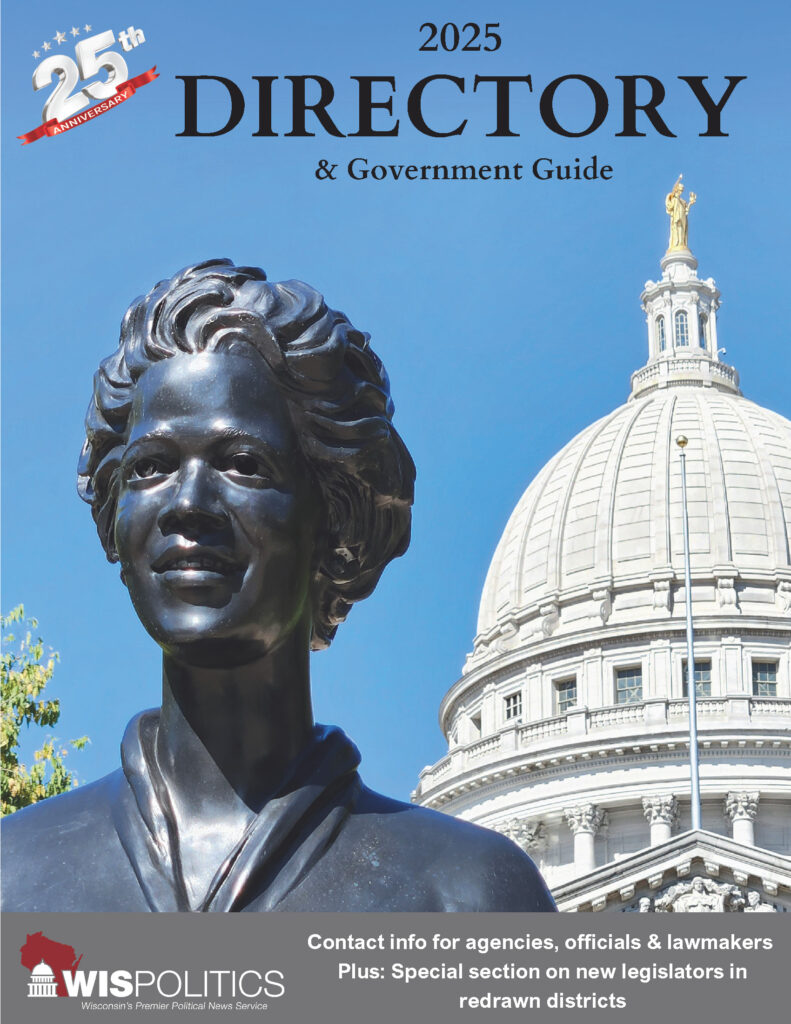Second of two audits directed by the governor proposes nearly 40 actionable recommendations for systemic instructional changes at MPS to accelerate student outcomes and well-being
MADISON — Gov. Tony Evers today released the second of two independent audits of Milwaukee Public Schools (MPS). This is the second of two comprehensive, independent audits that Gov. Evers directed with the support of t...
Please log in to access subscriber content.
If you don't have a subscription, please contact schmies@wispolitics.com for subscription options on the WisPolitics-State Affairs platform, which is the new home for WisPolitics subscriber products.


